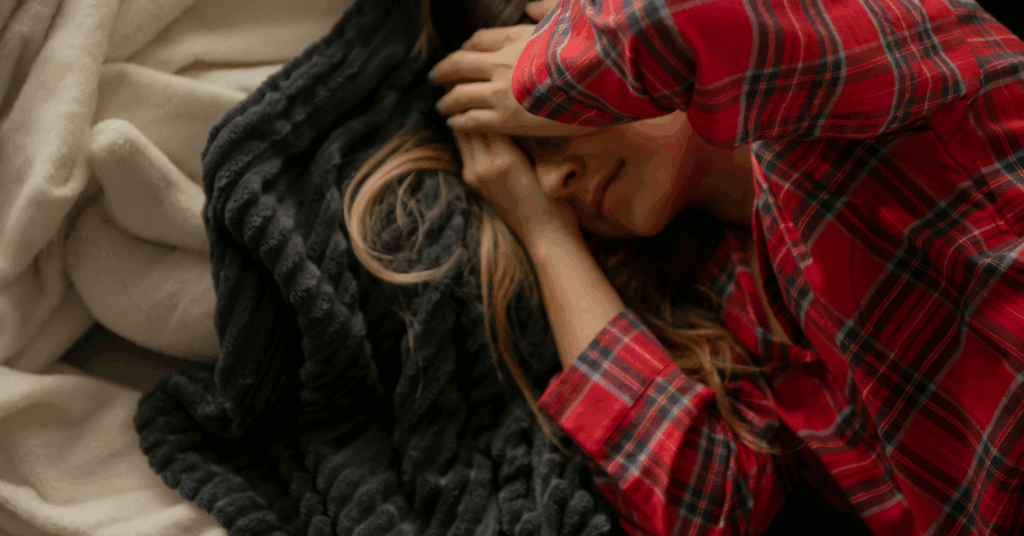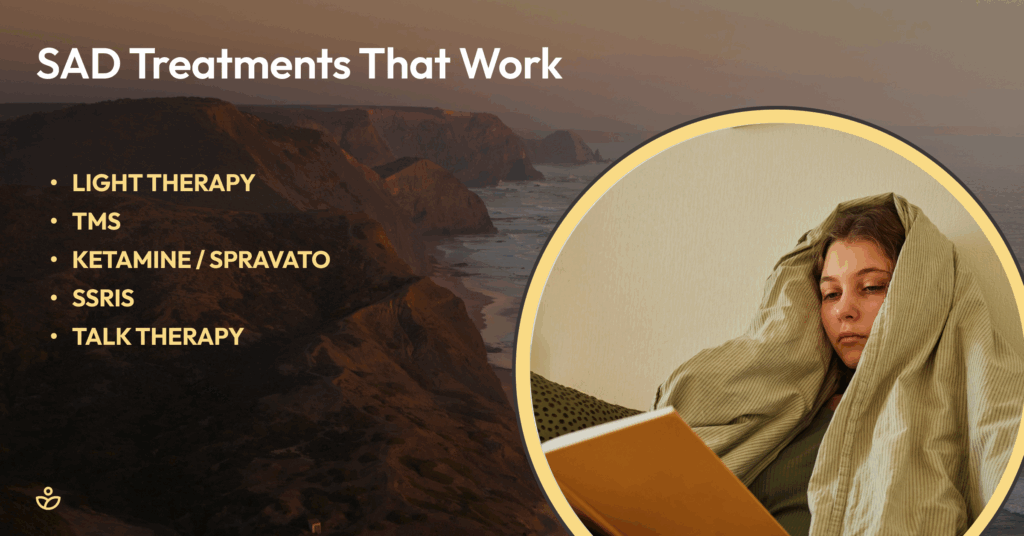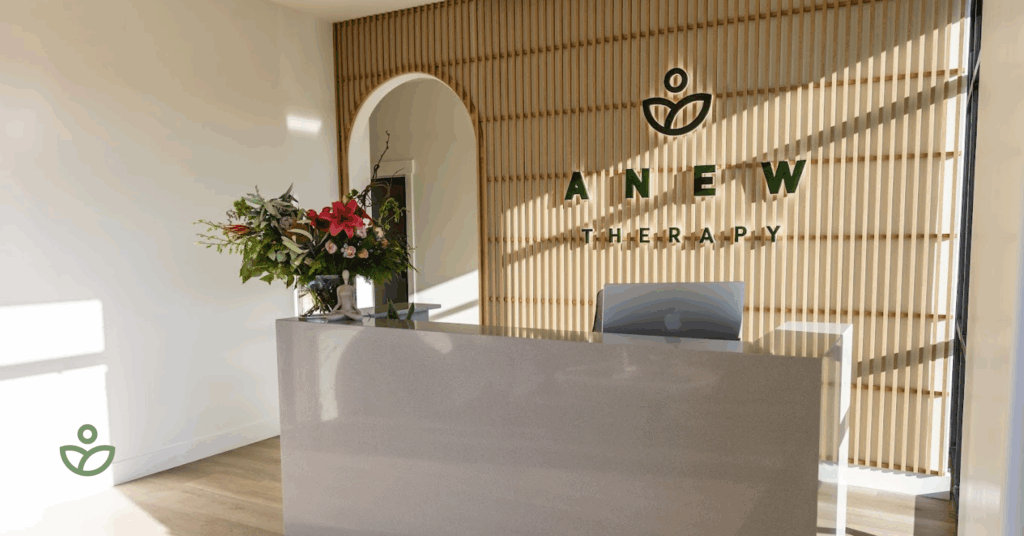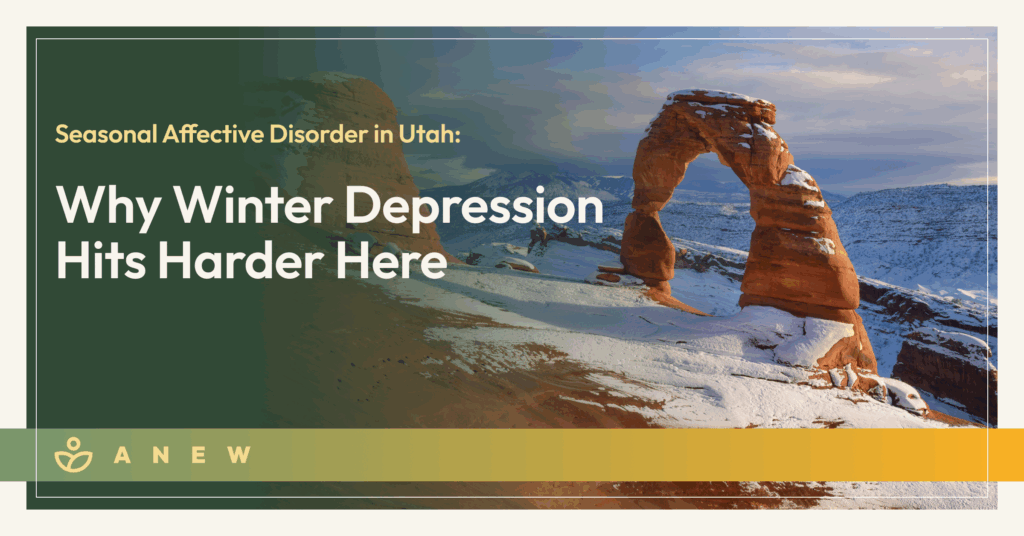When the days get shorter and the temperatures plunge, many Utahns start to feel a familiar heaviness settle in. Some may write it off as the “winter blues”, but the truth is Seasonal Affective Disorder (SAD) is a clinical condition that affects hundreds of thousands of Utahns. SAD is a type of depression that’s strongly tied to the changing seasons. And if you live in Utah, you’re at a higher risk than most.
Let’s explore why winter depression hits harder in Utah, what symptoms to watch for, and the science-backed treatments that actually work – including a few you may not have heard of.
What Is Seasonal Affective Disorder (SAD)?
Seasonal Affective Disorder is a subtype of major depressive disorder that follows a seasonal pattern, most commonly appearing in late fall or early winter and lifting during spring and summer.
Symptoms go beyond feeling “a little down” and may include:
- Persistent low mood
- Loss of interest in usual activities
- Fatigue, even after plenty of sleep
- Changes in appetite (often carb cravings)
- Difficulty concentrating
- Social withdrawal
The condition is believed to be driven by reduced sunlight exposure, which disrupts your body’s internal clock, serotonin levels, and melatonin production – three key factors in regulating mood, sleep, and energy.

Why Utah Is a Hotspot for Winter Depression
Several factors make Utah an especially tough place to weather the winter if you’re prone to SAD:
1. High Elevation = Longer, Darker Winters
Utah’s mountainous terrain and high elevation lead to shorter daylight hours and more intense UV filtering. Even during sunny days, your body may not receive enough light to regulate melatonin and serotonin effectively.
2. Winter Inversions and Poor Air Quality
Salt Lake Valley is infamous for inversion layers, where cold air gets trapped under a layer of warm air, sealing in pollutants. These inversions can last for days or even weeks, blocking sunlight and leaving the valley covered in a thick, gray haze. This lack of sunlight exposure is a major risk factor for SAD.
3. Cultural Factors & Stigma Around Mental Health
In some Utah communities, cultural or religious values that emphasize resilience and self-reliance can unintentionally make it harder to talk openly about emotional struggles. This is especially true for men, who often face added pressure to appear tough and unaffected. As a result, symptoms may be minimized or ignored, delaying treatment and potentially intensifying the effects of SAD over time
4. Isolation During Winter Months
Heavy snowfall, icy roads, and frigid temperatures often mean fewer social outings and more time indoors. For people already feeling disconnected, this can deepen isolation and contribute to worsening depression symptoms.
Signs It’s SAD and Not Just “Winter Blues”
Feeling sluggish in the winter is common, but SAD is more than a seasonal slump. Here are some signs you might be dealing with more than just the weather:
- Your symptoms last more than two weeks
- You notice the same pattern every year (symptoms appear in fall/winter and lift in spring)
- Daily functioning is impaired, e.g., missing work, avoiding social contact, or struggling with basic tasks
- You’ve lost interest in activities that usually bring joy
- You feel hopeless or experience suicidal thoughts (please seek help immediately if this is the case)
Treatments That Actually Work for SAD in Utah
The good news is that SAD is highly treatable, especially when you take a multifaceted approach. At Anew Therapy Utah, we tailor every treatment plan to your individual biology,

preferences, and lifestyle. Here are the most effective interventions:
1. Light Therapy (Phototherapy)
A first-line treatment for SAD, light therapy involves sitting near a 10,000-lux light box for 20-30 minutes each morning. This mimics natural sunlight, helping reset your circadian rhythm and boost serotonin production.
Many Utah residents start light therapy in October or November as a preventive tool before symptoms fully kick in.
2. Transcranial Magnetic Stimulation (TMS)
For moderate to severe cases, TMS can be a game-changer. This FDA-approved, non-invasive treatment uses magnetic pulses to stimulate underactive areas of the brain associated with mood regulation. It’s especially helpful if you’ve tried antidepressants or therapy with limited results.
TMS is covered by most Utah insurance providers, including Blue Cross Blue Shield and Select Health, when criteria are met.
3. Ketamine & Spravato (Esketamine Nasal Spray)
If you’re dealing with treatment-resistant SAD or rapid declines in mood, newer options like ketamine therapy and Spravato can offer fast, effective relief.
- Ketamine works within hours to boost neuroplasticity and rewire depressive thought loops
- Spravato (FDA-approved) is covered by most major insurers and administered in-clinic under supervision
Both are available at Anew Therapy, administered in a calm, supportive setting designed for your comfort.
4. Medication (SSRIs & SNRIs)
Some patients benefit from antidepressants, especially SSRIs like sertraline (Zoloft), which is often prescribed for both seasonal and year-round depression. If you’re already on medication but notice a seasonal dip, your provider may adjust your dosage during the winter months.
5. Speak To a Local Psychiatrist or Therapist
Talk therapy is especially powerful when combined with biological treatments. Cognitive Behavioral Therapy (CBT) tailored for SAD can help you challenge negative thought patterns and develop winter-specific coping skills.
At Anew, we take a comprehensive approach: layering therapy with other proven treatments to give you the best chance at lasting relief.
Lifestyle Tips for Managing Winter Depression in Utah
While professional care is crucial, your daily routine can also make a big difference. Here are a few ways to support your mood naturally:
- Get outside daily, even on cloudy days. Natural light still helps.
- Stay active. Indoor yoga, walking at the mall, or skiing on sunny days can lift your spirits.
- Stick to a consistent sleep schedule – avoid oversleeping or staying up too late.
- Connect with others. Schedule weekly coffee dates, join a support group, or call a friend.
- Consider Vitamin D supplements, especially if your provider finds you’re deficient (a common issue in Utah winters).
You’re Not Alone, and You Don’t Have to Tough It Out
Seasonal Affective Disorder is real, and it’s not something you have to white-knuckle through. Whether you’re noticing the first signs of winter gloom or feeling buried under the weight of it, help is available – and it works.
At Anew Therapy in Sandy, Utah, we specialize in evidence-based, compassionate care for people navigating mood disorders, including SAD. From cutting-edge treatments like TMS and ketamine to medication management and traditional therapy, we’re here to help you feel like yourself again.
Let this winter be different.Schedule your free consultation with Anew Therapy and start building your personalized plan for lasting relief.

Looking for the best mental health clinic in Utah? Anew Therapy offers expert care and proven results. Schedule your free intake appointment today.

